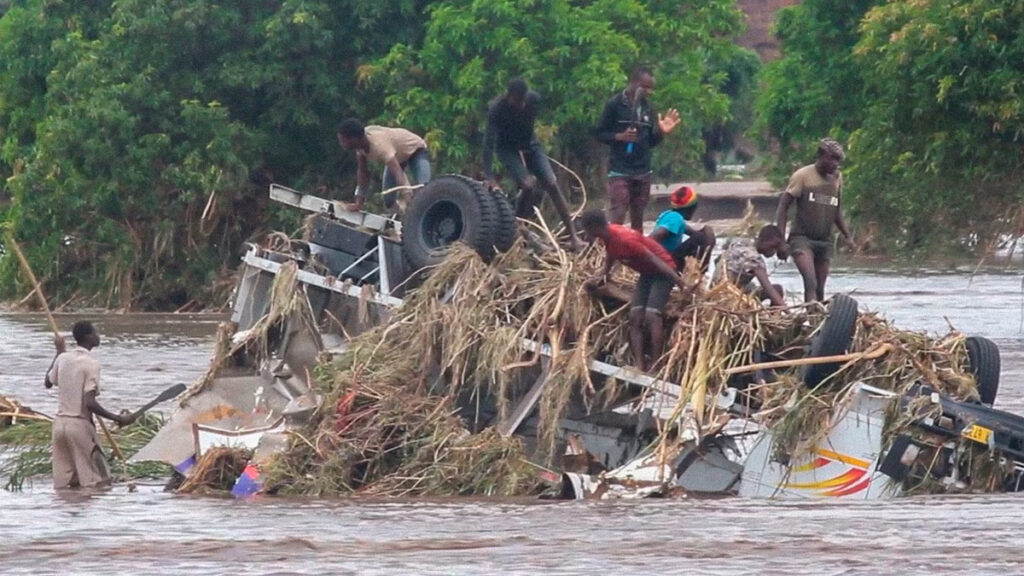Dr. Isaac Kadono Mwalwimba
Centre for Environmental Affairs,
Department of Geography and Environmental Studies
The Catholic University of Malawi.
Do you know that there is a significant confusion in the usage of the terms ‘natural disaster’ and ‘natural hazard’ among both non-experts and experts? I encourage you to read this academic letter to gain a comprehensive understanding of these terms and their application in daily usage, as well as in policy and practice.
The term “natural disaster” is a misnomer
What makes a hazardous event, be it natural hazard or man-made hazard to become disaster is the ability of the society and community preparedness and response mechanism. This in turn is significantly governed by the vulnerability and capacity of the society itself.
Disasters are a social phenomenon that occurs when a community suffers special levels of disruption and faces losses due to natural or human processes. A hazard event can strike an uninhabited region, but a disaster can exist only where people and processes related to them suffer. There is no specific definition of disaster but some studies have tried to define disaster based on specific circumstances. It is the interaction of hazard and vulnerability resulting in a noticeable consequence affecting the normal functioning of the community. It is an event, natural or man-made, sudden or progressive, whose process impacts with such severity that the affected community has to respond by taking exceptional measures. It is concentrated in time and space that causes sufficient human deaths and material damage to disrupt the essential functions of a community and to threaten the ability of the community to cope without external assistance.
Hazards are the processes whereas disasters are the results or responses of hazards. Hazards always create extreme events but not all extreme events become disasters. Hence disasters are preceded by a declaration of “a State of Disaster. However, some are neglected to be declared as such due to political and social implications at the expense of the magnitude of society’s suffering. Disaster generally originates from the interaction between socioeconomic (societal vulnerability/social sciences) and physical exposure (physical science) to a hazardous process and a vulnerable human population. A disaster is the adverse result of the impact of a natural hazard on the human socioeconomic system. Disasters are now increasing rapidly because of cumulative risk processes, poor land-use practices, development projects, lack of rules and guidelines, etc. Social, economic, and environmental conditions are considered responsible factors for the aforementioned causes. It is a complex process and mostly beyond the limit of human capacity to control it. The timing of hazards is unlikely to be forecast or an intricate process to announce the correct temporal and spatial scale for them. All kinds of hazards occur randomly. Turning into a disaster from a hazard depends upon the magnitude and frequency of hazards. When a hazard occurs frequently with a high magnitude then it transforms into a disaster. A disaster is measured in human terms (lives lost, people affected, and economic losses) which are the outcomes of any hazard. In the short time scale, the focus should be on designing a system for prediction and early warning, while in the longer period, emphasis should be put on prevention and mitigation of natural hazards and adaptation for future planning. If the activities could not achieve these conditions, then a hazard obviously turns into a disaster. There is another reason responsible for the disaster. That is the power of resilience. For example, an earthquake can easily disrupt infrastructure like road networks, electric lines, or water systems. If the affected community can recover instantly then it will not turn into a disaster.
To this end, the difference between ‘natural hazard’ and ‘natural disaster’ lies in the society’s ability to respond and the level of preparedness to hazards. While hazards are the underlying processes, disasters occur when these processes intersect with vulnerable human populations, leading to significant disruption and losses of both life and livelihoods.

